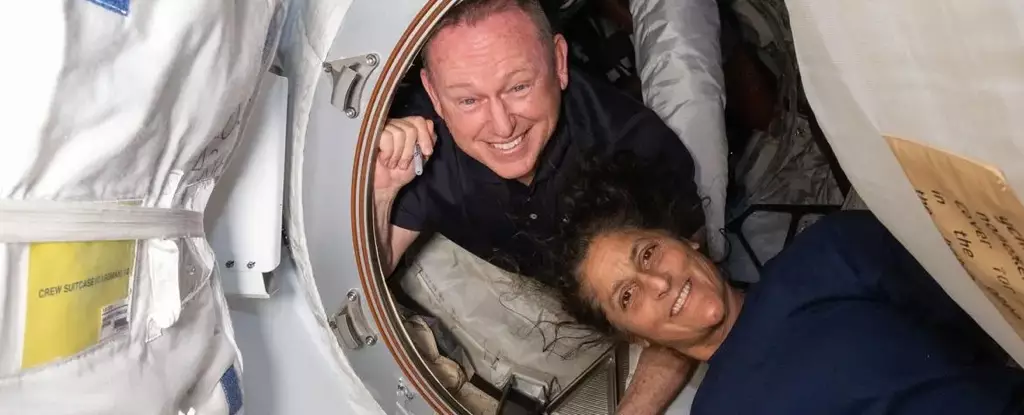The recent announcement by NASA that two US astronauts, Barry “Butch” Wilmore and Sunita “Suni” Williams, who arrived at the International Space Station aboard Boeing’s Starliner, will have to stay an additional six months and return home with rival SpaceX has raised eyebrows in the space exploration community. This unexpected turn of events is a fresh blow to Boeing, which has been facing a series of setbacks related to the prolonged delays and malfunctions of its spacecraft. NASA administrator Bill Nelson emphasized that the decision to keep the astronauts on the ISS and return the Starliner uncrewed is based on the agency’s unwavering commitment to safety, highlighting the inherent risks associated with space travel, especially during test flights.
The delay in the return of the astronauts was primarily caused by thruster malfunctions and helium leaks identified on the Starliner shortly after its launch. This raised concerns about the spacecraft’s ability to safely return to Earth and necessitated a thorough investigation and potential fixes. NASA officials expressed their reluctance to take unnecessary risks with the crew and ultimately decided to opt for an alternative approach of having the astronauts return on a SpaceX vehicle in February. The unexpected extension of their stay in orbit from eight days to eight months underscores the complexities and uncertainties of space exploration.
Boeing, once a prominent player in the aerospace industry, has faced significant challenges in recent years, particularly in the realm of space travel. The repeated delays and technical issues with the Starliner spacecraft have further tarnished the company’s image and raised questions about its reliability and competence in delivering space transportation services. Despite these setbacks, NASA has expressed confidence in Boeing’s capabilities and intends to continue collaborating with the company to ensure the availability of multiple vehicles for astronaut transport to and from the ISS. The upcoming launch of Starliner with a crew onboard will be a critical test of Boeing’s ability to deliver on its promises and regain the trust of its partners and stakeholders.
The extended stay of the astronauts in space and the unprecedented decision to have them return on a different spacecraft highlight the complexities and uncertainties inherent in space exploration. NASA and its commercial partners, such as SpaceX and Boeing, must navigate numerous challenges and risks to ensure the safety and success of their missions. The need for redundancy and contingency planning in space travel has become increasingly apparent, as demonstrated by the latest developments involving the ISS crew and the Starliner spacecraft. Despite these challenges, the ongoing efforts to advance human space exploration and establish a sustainable presence in space remain a top priority for NASA and its partners.
The unexpected extension of the astronauts’ stay in space and the decision to have them return on a different spacecraft serve as a reminder of the inherent risks and uncertainties of space exploration. While setbacks and challenges are inevitable in such a complex and demanding field, the commitment to safety and the pursuit of discovery must remain paramount. The collaboration between NASA, SpaceX, and Boeing represents a unique partnership aimed at advancing human space exploration and pushing the boundaries of our understanding of the cosmos. As we look to the future, it is crucial to learn from past experiences and continue striving towards a shared vision of exploring new frontiers and expanding the horizons of human knowledge and ingenuity.


Leave a Reply